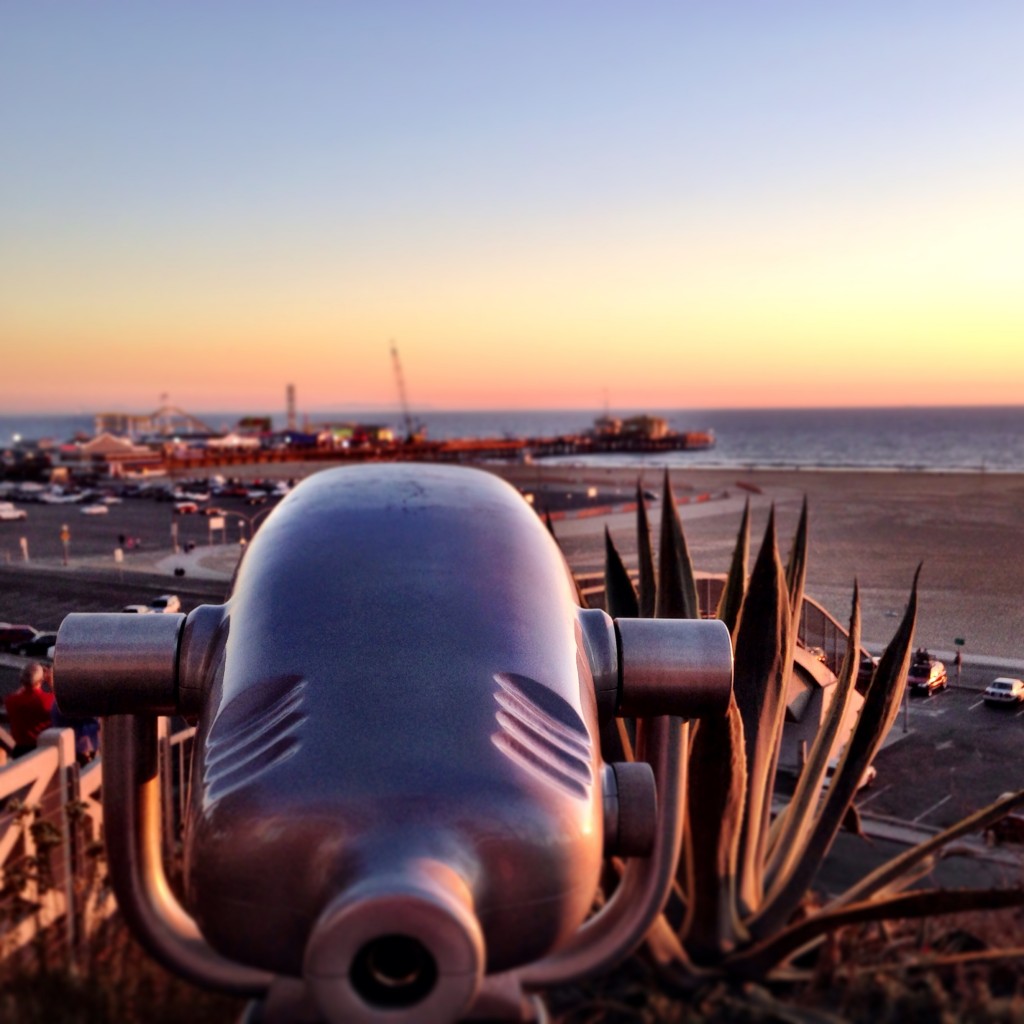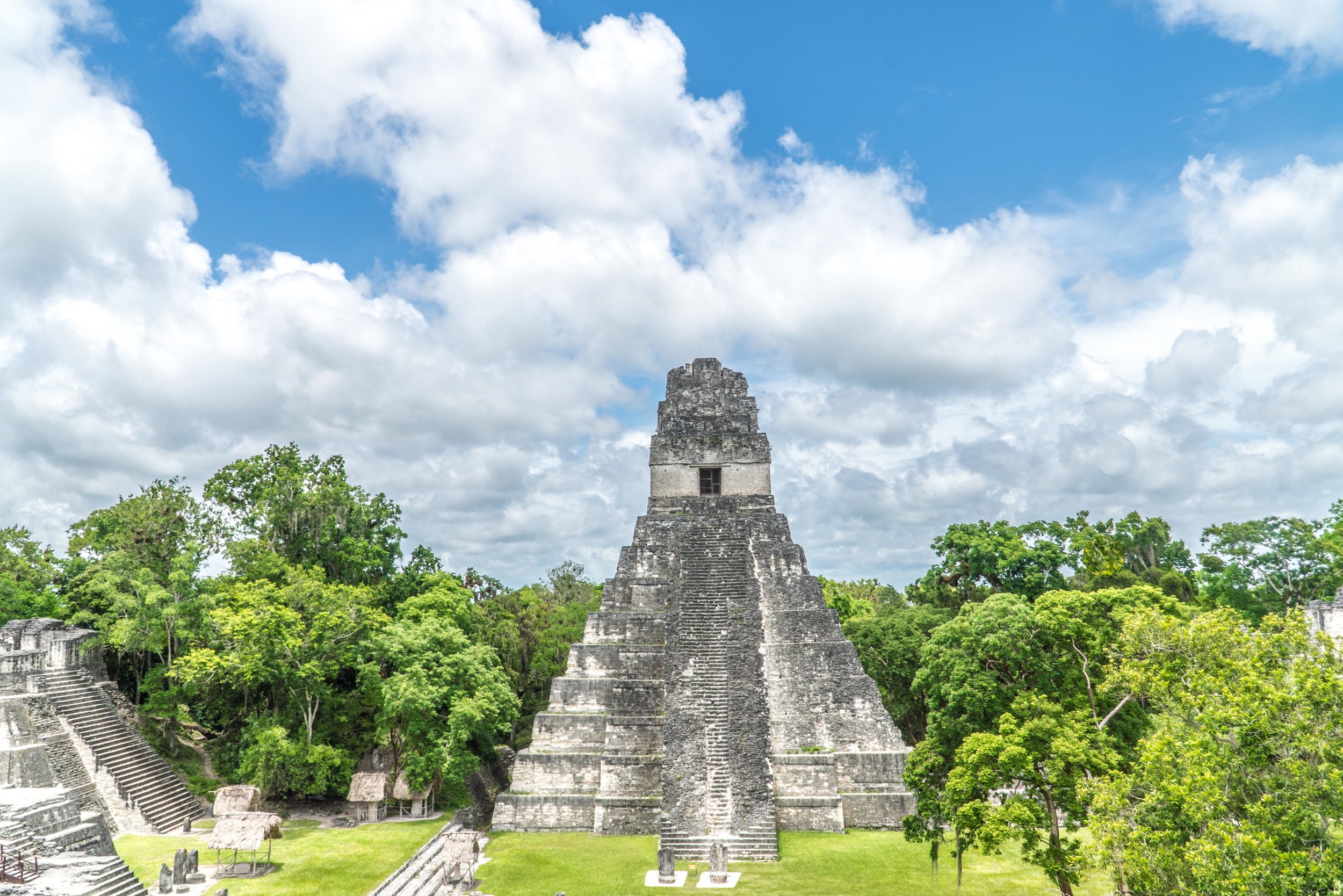Los Angeles: A Walking and Public Transit City
"Ugh. I hope you don't have to drive much. I have a hard time seeing you there. I sure as hell hope you have a car to get around. Aren't the highways just a perpetual parking lot?"
These are some of the remarks I get when I tell people that I've recently moved to Los Angeles. While L.A. certainly has its fair share of stereotypes, the most prominent ones seem to be about getting around Los Angeles. Outsiders' remarks about L.A.'s public transportation, parking, and driving make it sound like leaving your home isn't worth it unless there's a natural disaster. Those same people probably view Los Angeles like they do a typical city and view California like they do a typical state (bigger than 85 of the smallest nations in the world). While a few miles represents the length of some cities (like San Francisco), in Los Angeles, a few miles represents the distance between two adjacent neighborhoods.
However, I put these Los Angeles stereotypes to test this week.
Walking
Before I get into my experience this week walking Los Angeles, I should first define what "walking distance" means for me. While for some people it may mean walking to the end of their driveway to get their paper, for me, it's quite a bit longer. In San Francisco, I lived a couple miles from downtown and would often walk at least one way on a nice day when I had the time. So walking distance has become anything that I can walk to within 30 to 45 minutes at the most. To compare walking in Los Angeles to walking in San Francisco or New York City is impossible. In San Francisco, you can walk from an outerlying neighborhood like the Richmond to the outskirts of downtown in less than 45 minutes. Walking from downtown Los Angeles to nearby Hollywood would take two and a half to three hours, according to Google Maps, since the distance between Hollywood and Los Angeles is greater than the entire length of San Francisco.
But I don't live in Hollywood, I live in West Hollywood. Nonetheless, the last week hasn't seen me even get in my car. I'm actually not even sure where it's parked at. Have I stayed in all week? Nope.
My car-less week thus far in West Hollywood has consisted of:
- Going to BevMo to pick up items for a BBQ.
- Going to a couple different grocery stores, including Trader Joe's.
- Going for a hike at Runyon Canyon.
- Grabbing beers at the Surly Goat, named the best beer bar in Los Angeles by Thrillist.
- Having cocktails at The Hudson, L.A.'s train-station-turned-cocktail-bar.
- Watching a movie at ArcLight Cinemas in Hollywood.
- Walking to the Hollywood/Highland metro station to catch the train to downtown Los Angeles.
- Going for happy hour at The Grove and Farmer's Market at E.B.'s Beer and Wine.
- Ordering pizza from Joe's Pizza, considered one of the best NYC-style pizza places in Los Angeles.
The longest walk I had of all of these was to ArcLight Cinemas, which came out to two miles and a 35-minute walk (40 if your legs aren't as long as mine). Other places that I could walk to that are within a couple miles includes Capitol Studios, Paramount Pictures, Jim Henson Studios, the Los Angeles County Museum of Art (LACMA), the Beverly Center, and Grauman's Chinese Theatre, just to name a few. Am I lucky to live as convenient as I do? Yes, but when you look at Los Angeles with a magnifying glass, seeing it more as a group of mico-cities, you'll notice that it's more walkable than you may think. To use another example: from my friend's place in Marina del Rey, I can walk to Venice Beach, Muscle Beach, Vista del Mar Park, and the outskirts of Santa Monica (or take a bicycle ride all up and down L.A.'s beach cities on The Strand).
Public Transit
Crazy as it may sound, you can actually take public transportation in Los Angeles. Now do I recommend taking the bus from Santa Clarita to Redondo Beach? Never. While Los Angeles has an exhaustive bus system that runs throughout Los Angeles County, I'm talking here about the Los Angeles Metro Rail, which many people don't even know about. It actually has more lines and serves more areas than even the San Francisco Bay Area BART system (and double the number of stations).
However, since so much of it is underground and because Los Angeles is so spread out, many people never even consider using it. There are two subway lines and four light rail lines. The blue line runs between downtown Los Angeles and Long Beach, the red line between North Hollywood and downtown Los Angeles, the purple line between Mid-Wilshire and downtown Los Angeles, the green line between Redondo Beach and Norwalk (with indirect access to LAX via a shuttle bus), the gold line between Pasadena and East Los Angeles, and the expo line between downtown Los Angeles and Culver City.
So after a mid-afternoon drive to downtown Los Angeles from my house last week took 50 minutes (including parking), I decided to give the L.A. subway a shot. On a good day, I can be in downtown Los Angeles in 15 minutes (8 miles) from my house, since I'm on Highway 101 most of the time. However, that can be completely unpredictable, especially when you throw in parking. I wanted to not just see what the time comparisons were, but also judge how much money I could save by walking to the station and taking the subway, as compared to driving and finding parking. Here's the breakdown:
- 3:05 p.m.: Walk out of my house.
- 3:32 p.m.: Walk into the Hollywood/Highland Station, missing the most recent train by four minutes.
- 3:43 p.m.: Step onto the Union Station train.
- 3:58 p.m.: Step off the Union Station train and am on the streets of the core of downtown Los Angeles two minutes later.
From my house to downtown Los Angeles via the subway took a total of 53 minutes. If I would have left at 3 p.m., I would have made the 3:28 train and gotten to downtown L.A. in 43 minutes, 7 minutes sooner than I did so by car the following week. On both subway rides I had my own seat (rather than standing if I was riding the Manhattan subway at the same time), paying $3 for the entire trip. A 7-day pass is $20 and a 30-day pass is $75 (valuable only if you use it more than once daily). While the cost of the trip by train was $3, the cost by car the previous week was $10 (and could have been more if I hadn't done self-parking) once you factor in parking and a half a gallon of gas. In addition, on the subway I downloaded a few emails to read (before going into the station where there is no cell service or WiFi), wrote one email, and wrote half of a couple blog posts. Just picking up my phone in the car could have gotten me a cell phone ticket of over $150. Since I wasn't driving, I also had four cocktails.
Will I be walking and using the metro more in Los Angeles? Absolutely. Should you use public transportation if you live in Santa Monica and work in downtown Los Angeles? Maybe not. Should you take public transportation if you're staying at a hotel in Pasadena and want to go to the beach? Definitely not, if you don't want to be sitting for a couple hours. However, while I didn't drive that much before, I intend on driving even less now that I find myself gravitating more toward walking and public transit in L.A. I'll be using it for each of the next two trips to downtown Los Angeles in the next week. I will note, however, that I did have to wait 20 minutes for the subway back, which made my return trip home a bit longer than if I would've driven at that time of night. Yet in my quest to scratch below the surface of Los Angeles, I find myself uncovering another welcome surprise in Los Angeles that confronts the city's stereotypes.
What are your favorite cities for walking and public transit?













